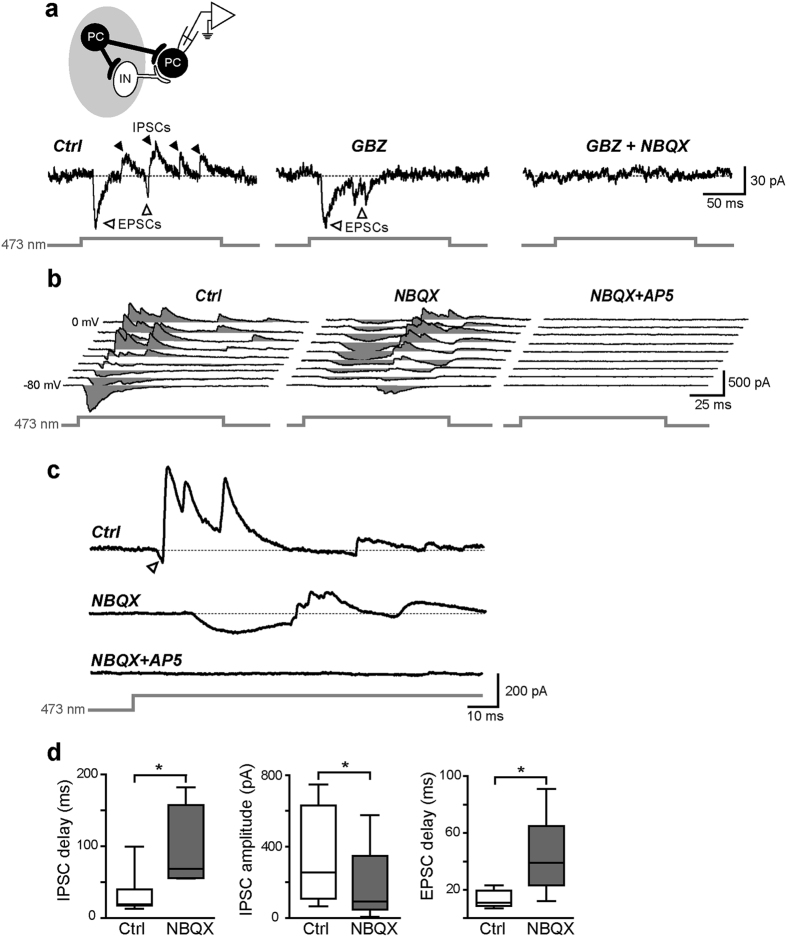Figure 2. Mono- and polysynaptic excitatory and inhibitory responses evoked by VGLUT2 PC photostimulation.
(a) Synaptic responses consisting of an EPSC-IPSC sequence elicited in a PC (recorded in voltage-clamp mode at a Vhold of −40 mV) by 150-ms photostimuli in control conditions (left) and after perfusion with 10 μM gabazine (GBZ, middle) followed by 5 μM NBQX (right). The drawing on top shows a schematic representation of the laser stimulus (grey spot) targeting presynaptic PCs (black) and interneurons (white), but not the recorded PC. Note that only PCs responded directly to light as INs did not express ChR2 (see Fig. 3). (b) Synaptic currents recorded in voltage-clamp mode at various command potentials (from −80 mV to 0 mV in 10-mV steps) in response to 100-ms light stimuli targeting VGLUT2-ChR2 expressing PCs. Left, in control conditions, recorded PCs displayed EPSC-IPSC sequences at a relatively short latency from the stimulus onset. Middle, blocking AMPA-receptors with 5 μM NBQX unmasked NMDA-mediated EPSCs followed by GABAergic IPSCs at longer latencies. Right, blockade of NMDA receptors by extracellular perfusion with D-AP5 (100 μM) completely inhibited all synaptic responses including IPSCs. (c) Magnification of a trace portion recorded at −30 mV shown in b. The arrowhead marks an early-onset EPSCAMPA quickly curtailed by a sequence of relatively large IPSCs. (d) Summary box plots showing significant differences in EPSC and IPSC delays and amplitudes in control conditions and after NBQX perfusion (*p < 0.05).

